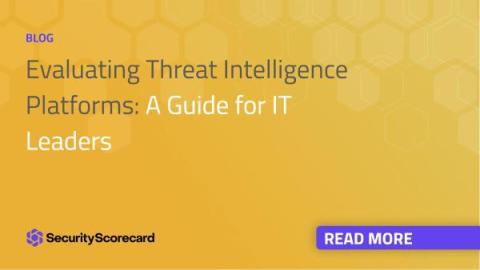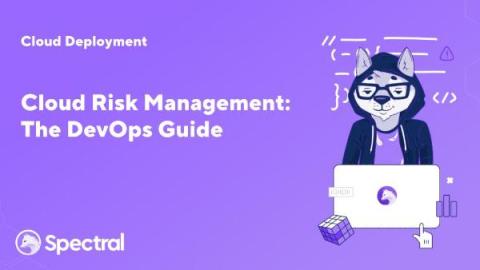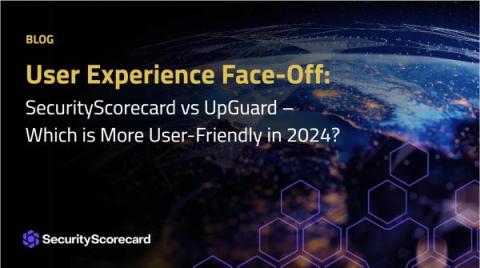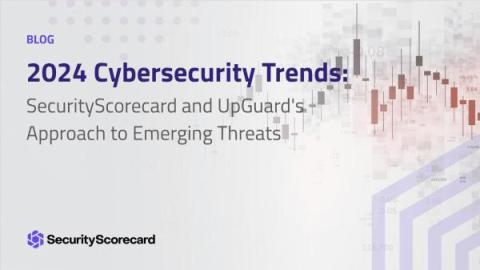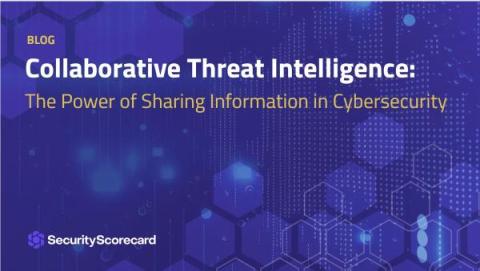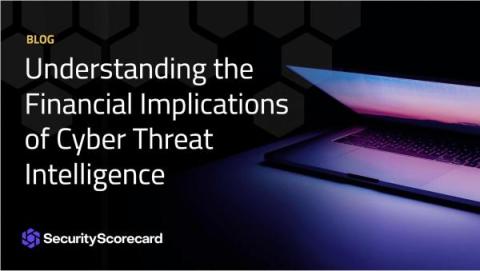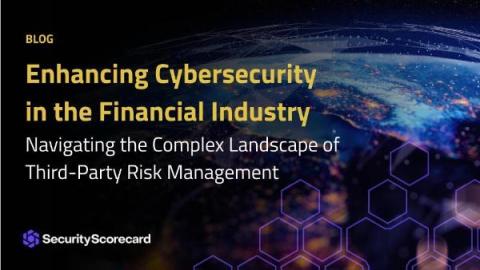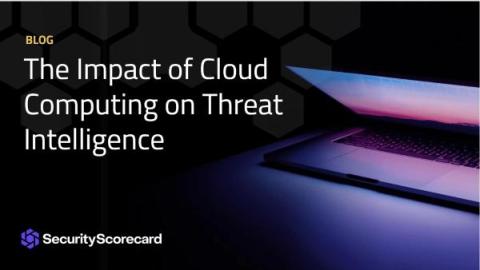Security | Threat Detection | Cyberattacks | DevSecOps | Compliance
Risk Management
Building a Skilled Team for Effective Threat Intelligence Management
In the fast-paced world of cybersecurity, assembling a team skilled in threat intelligence is crucial. This article outlines key steps to train and develop a proficient cybersecurity team, ensuring they are equipped to handle evolving cyber threats effectively.
Evaluating Threat Intelligence Platforms: A Guide for IT Leaders
In today’s rapidly evolving cybersecurity landscape, selecting the right threat intelligence platform is crucial for IT leaders. This comprehensive guide focuses on essential factors to consider when evaluating a threat intelligence platform, ensuring it aligns perfectly with your organization’s needs.
Cloud Risk Management: The DevOps Guide
For DevOps software developers, navigating the cloud landscape without a clear understanding of risks is equivalent to walking into a minefield blindfolded. Cloud risk management, therefore, becomes an indispensable tool for DevOps – enabling us with the ability to identify, assess, and mitigate potential threats that could jeopardize their applications, their data, and their organization’s reputation.
User Experience Face-Off: SecurityScorecard vs UpGuard - Which is More User-Friendly in 2024?
In 2024, cybersecurity remains a top priority for businesses across the globe. Two major players in this realm are SecurityScorecard and UpGuard, each offering robust cybersecurity solutions. However, the user experience they provide can be a deciding factor for many organizations. This post compares the user-friendliness of SecurityScorecard and UpGuard, examining their services, pricing, and other notable features.
2024 Cybersecurity Trends: SecurityScorecard and UpGuard's Approach to Emerging Threats
As we venture into 2024, the cybersecurity landscape continues to evolve with new and sophisticated cyber threats. In this dynamic environment, two prominent players, SecurityScorecard and UpGuard, have distinct approaches to tackling these challenges. Let’s delve into how these companies address emerging cyber threats, comparing their services, pricing, and notable features.
Collaborative Threat Intelligence: The Power of Sharing Information in Cybersecurity
In the ever-evolving world of cybersecurity, the concept of collaborative threat intelligence has emerged as a crucial element in a comprehensive defense strategy. Cyber threats no longer exist in isolated pockets; they are a global phenomenon affecting organizations across all sectors and sizes. The need for collective vigilance and sharing of threat intelligence has never been more pressing.
Understanding the Financial Implications of Cyber Threat Intelligence
In an era where cyber threats loom large, investing in advanced threat intelligence solutions has become a critical decision for organizations. This post explores the cost-benefit analysis of such investments, unpacking the financial implications and the value derived from enhanced cyber threat intelligence.
Enhancing Cybersecurity in the Financial Industry
The importance of robust cybersecurity practices cannot be overstated, especially when it comes to critical infrastructure, such as the financial industry. Financial institutions, in particular, are entrusted with sensitive data and financial assets, making them prime targets for cyber threats. One crucial aspect of cybersecurity that often goes under the radar is third-party risk management (TPRM).
The Impact of Cloud Computing on Threat Intelligence
The advent of cloud computing has revolutionized various industries, with cybersecurity being no exception. In the realm of threat intelligence, cloud computing has emerged as a game-changing force, enhancing the way intelligence is gathered, analyzed, and applied. This post delves into the transformative impact of cloud-based solutions on threat intelligence.




